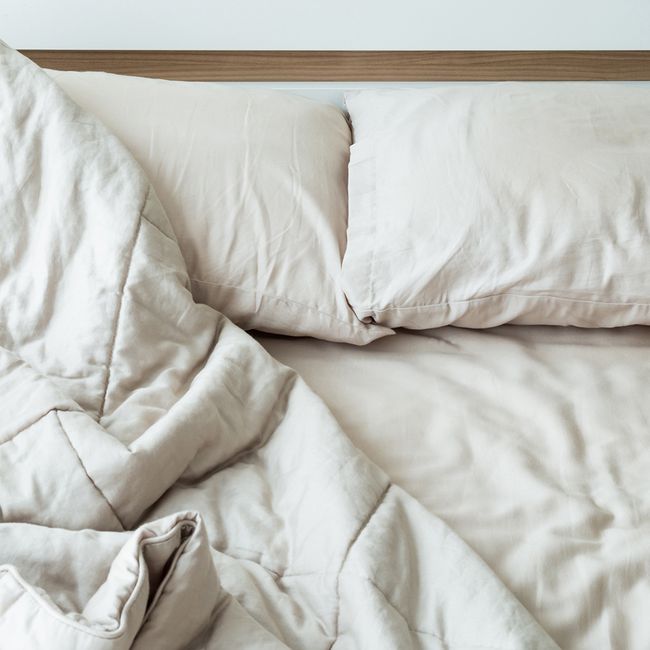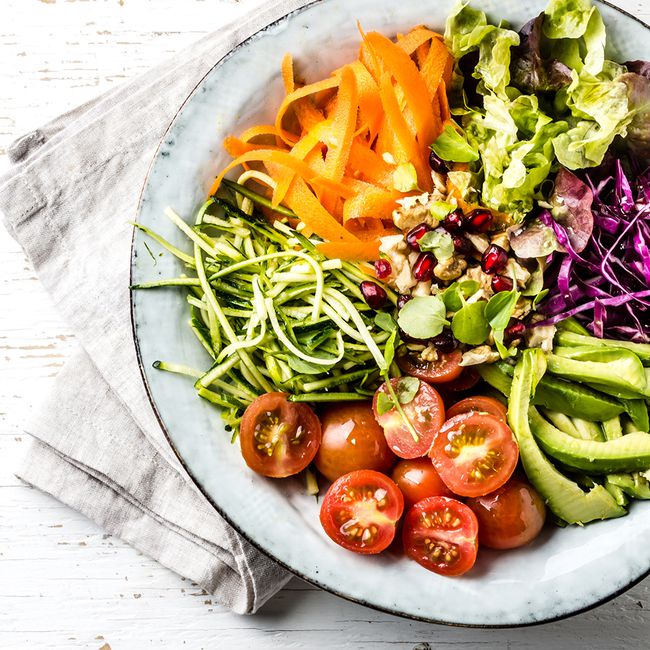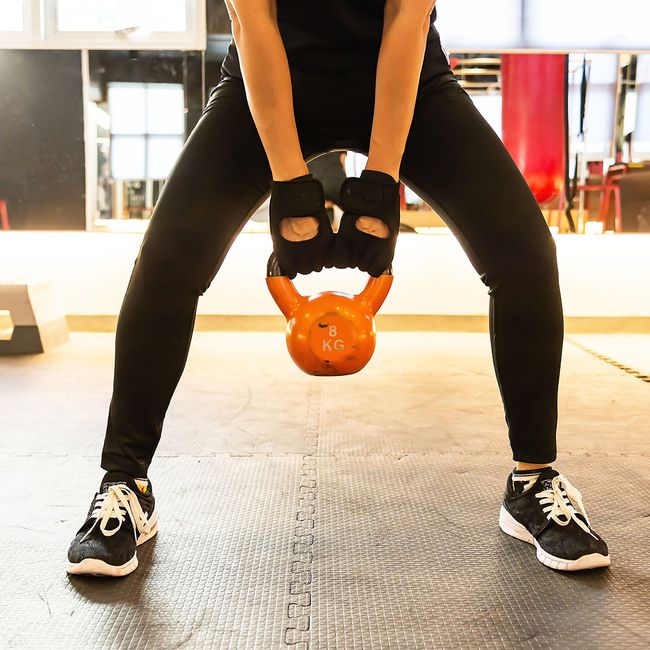
Everyday habits can affect your abs in a big way. Follow these science-backed suggestions to see a noticeable change in belly size and strength over time.
Sleep at a Set Bedtime and Get Eight Hours

Sleep is key for bulletproofing your willpower against cravings and priming your body for burning calories. The waistlines of people who slept six hours a night were about three-quarters of an inch larger than those who got eight hours, new research from the University of Leeds in England reports. Why? After sleep loss, there is increased activity in brain regions associated with pleasure and reward in response to food, previous research has shown, and this may lead to more impulsive eating habits, explains study author Gregory Potter, Ph.D.
Plus, after just one night of lousy sleep (less than four hours), people had a reduced sensitivity to insulin, according to findings by Christian Benedict, Ph.D., a neuroscientist at Uppsala University in Sweden. Usually, once insulin reaches the brain, it boosts satiety, so the brain’s impaired sensitivity to insulin could promote weight gain, he says.
To maximize those eight hours you get, have a consistent bedtime and wake time, says Brandy M. Roane, Ph.D., a certified behavioral sleep medicine specialist. If you sleep and/or wake up at different times, your body’s master clock (aka circadian clock) will communicate that update to “peripheral” clocks within the body that control things like the metabolic system. The problem is, these peripheral clocks take two to three days to sync to your master clock. This starts affecting your metabolism, like jet lag, Roane says, decreasing levels of leptin, the satiety hormone, and promoting insulin resistance, similar to what occurs with sleep loss. (Up next: Tips for Better Sleep, Straight from the Experts.)
Eat Early and Start with Veggies

In an ideal world, you’d finish your meals for the day before prime-time TV, around 7 p.m. When people in a University of Pennsylvania study switched from eating earlier in the day (8 a.m. to 7 p.m.) to eating the same amount later (noon to 11 p.m.), they gained about two pounds over eight weeks. This was partly because the body began burning carbs rather than fats, perhaps because of the time shift’s effect on hormonal peaks or metabolism, says study coauthor Namni Goel, Ph.D.
Another easy switch-up: Save the carbs for last. "If you eat a meal of vegetables, protein, and carbs, eating the vegetables and protein first is much better for your blood sugar," says Louis Aronne, M.D., an obesity specialist at Weill Cornell Medicine and New York-Presbyterian.
Move More Every Hour to Shave Sitting Time

"Certain metabolic changes that promote heart disease risk are triggered during prolonged sitting, when the leg muscles are not being used, plus less energy is being expended," says William W. Tigbe, M.D., Ph.D., of Warwick Medical School in England. "Both a reduction in sitting and an increase in walking are important to help prevent those changes." His study of postal workers found that those who, on average, sat for nine hours a day and took 15,000 steps a day had no metabolic risk factors—including large waist circumference. Overall, in the 15-year study, workers' waistlines increased by three-quarters of an inch for each additional hour of sitting beyond five hours a day.
Standing at your job for just two hours could help, a study in Medicine & Science in Sports & Exercise
reports. (And that's not the only research showing that standing desks help prevent weight gain.) When office workers stood for two hours, they burned 9 percent more calories than when seated. "Standing induces fuel switching, which burns more fat," says lead study author Ying Gao, Ph.D.
Get Breathless Intermittently As You Exercise

Abdominal fat acts a little differently than other types of body fat—it’s more metabolically active because it contains more receptors for a few important hormones that play a role in the breakdown of fat. Those hormones are released fourfold during high-intensity interval training, making HIIT the ideal exercise for reducing belly fat, says Cristian Alvarez, Ph.D. His research found that 10 weeks of HIIT, on average, helped overweight women reduce their waist circumference by 5.2 inches and decreases abdominal fat by 18.2 percent. (Get started with one of these intense HIIT workouts.)
Take Five to do a Mental Reset

When you’re stressed all the time, the increased levels of cortisol your body is producing can lead to the activation of an enzyme in your fatty tissue called lipoprotein lipase, which contributes to accumulation of fat in the abdominal area, says Ashley Mason, Ph.D., a professor at the University of California, San Francisco. (Stress can also aggravate certain skin conditions.) Use your breath to periodically help calm your heart rate: Breathe in for four seconds, hold for four, exhale for four, and hold out for four. Aah. (Need more chill? Try these 20 stress relief techniques.)






































